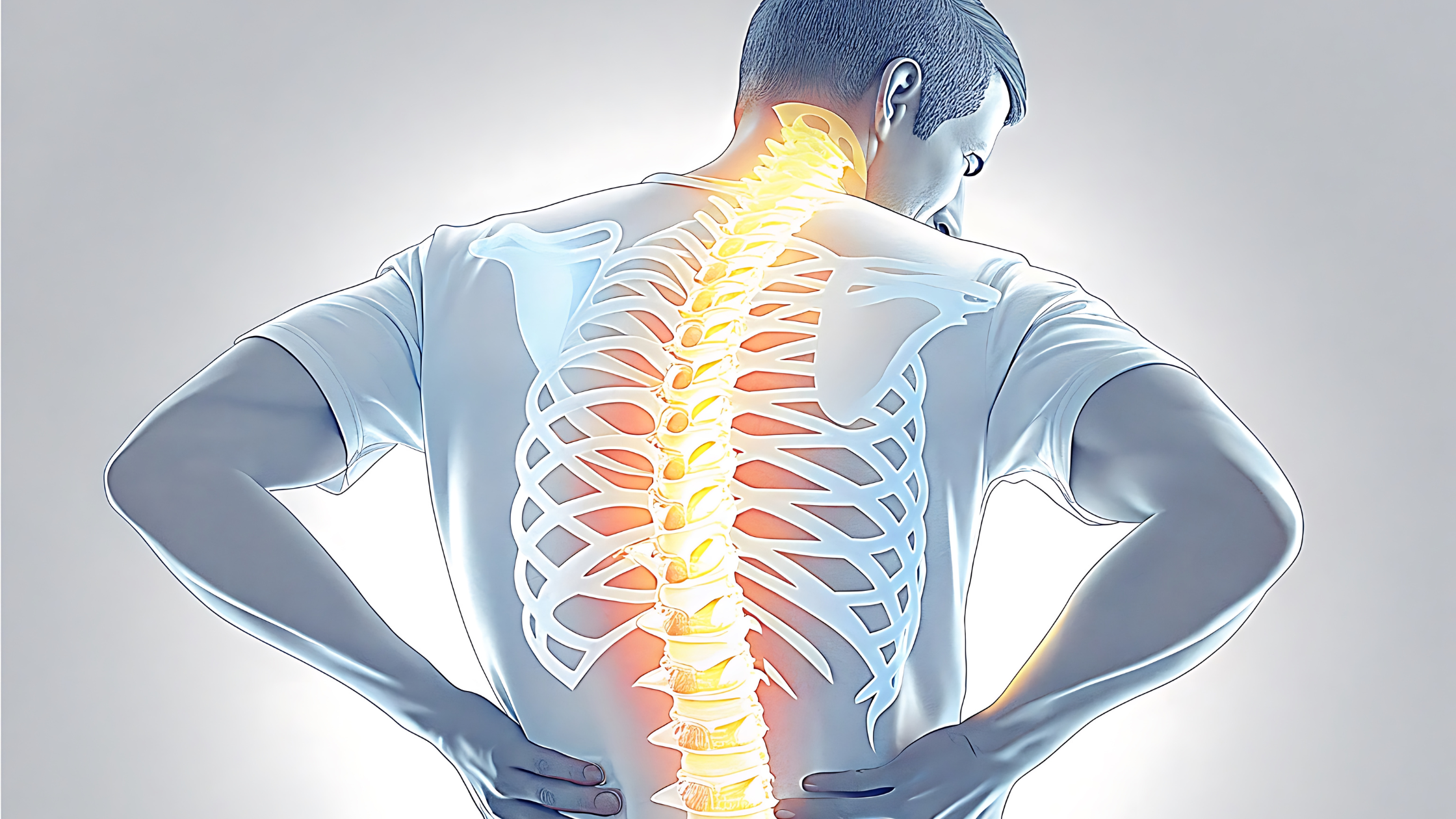
When Back Pain Becomes Chronic
Back pain is one of the most common medical complaints, affecting millions of adults every year. For many people, the discomfort is temporary, resolving within a few weeks with rest, stretching, or conservative care. But when pain persists beyond three months, it’s often classified as chronic back pain — a more complex condition that can interfere with everyday life, sleep, and overall well-being.
Understanding Chronic Back Pain
Acute back pain usually stems from a specific injury or strain — perhaps from lifting something heavy or a sudden movement. Chronic back pain, however, often develops gradually and can persist even after the initial injury has healed. In many cases, it’s linked to conditions like:
- Degenerative disc disease – natural wear and tear on the spinal discs
- Arthritis or spinal stenosis – inflammation or narrowing of the spinal canal
- Herniated discs – displaced discs pressing on nearby nerves
- Facet joint dysfunction – irritation or inflammation of the small joints in the spine
- Nerve pain – such as sciatica, where nerve roots are compressed or irritated
It’s also possible for chronic pain to persist without a clear structural cause. This can make it even more frustrating for patients searching for answers.
When to See a Specialist
If back pain lingers for more than a few weeks, or if it interferes with your ability to work, move, or rest, it’s time to seek professional help. Warning signs that warrant evaluation include:
- Pain lasting longer than 12 weeks
- Numbness, tingling, or weakness in the legs
- Pain that worsens at night or disrupts sleep
- Unexplained weight loss or fever with back pain
- Difficulty standing or walking
A spine or pain management specialist can perform a detailed evaluation — including imaging, physical exams, and sometimes nerve testing — to pinpoint the cause and design a tailored treatment plan.
Treatment Options for Chronic Back Pain
The good news is that chronic back pain can often be managed effectively with the right combination of therapies. Treatment may include:
- Physical therapy and targeted exercise to improve strength, posture, and mobility
- Medications to reduce inflammation or nerve pain
- Injections, such as epidural steroid or facet joint injections, to reduce inflammation and relieve pain
- Minimally invasive procedures like radiofrequency ablation (RFA) or the Intracept® Procedure for patients who don’t respond to conservative care
- Regenerative therapies such as platelet-rich plasma (PRP) or stem cell treatments to support tissue healing
- Lifestyle changes, including ergonomic adjustments, stress management, and weight control
A multidisciplinary approach — combining medical, physical, and sometimes psychological support — often provides the best outcomes for chronic pain management.
Living Better with Chronic Back Pain
Living with chronic pain can take a toll on both physical and emotional health. Building a routine that incorporates gentle movement, mindfulness, and relaxation techniques can make a meaningful difference. Activities like yoga, swimming, or walking are often recommended to keep the spine flexible and strong.
Support from family, counseling, or pain management programs can also help patients navigate the mental and emotional impact of long-term pain. With ongoing care and the right strategies, it’s possible to regain control, reduce flare-ups, and improve quality of life.
Final Thoughts
When back pain becomes chronic, it’s not just about finding relief — it’s about understanding the cause and addressing it with precision. Working with a specialist can help you explore personalized treatment options that reduce pain, restore function, and help you move forward with confidence.

